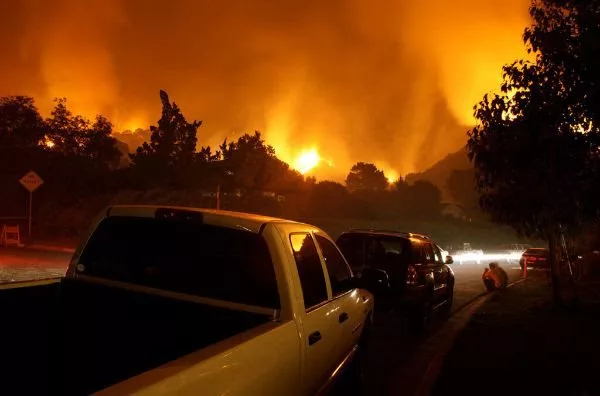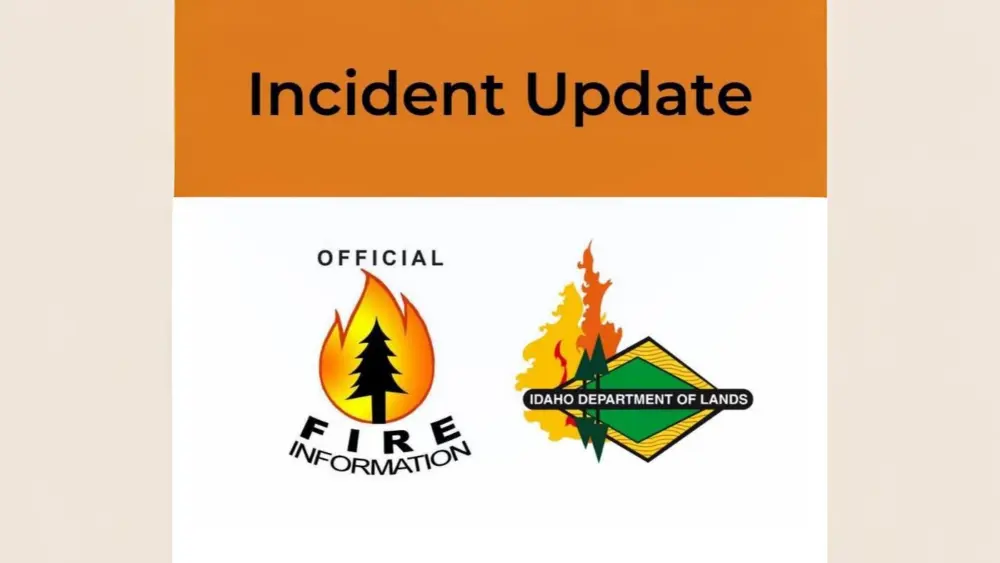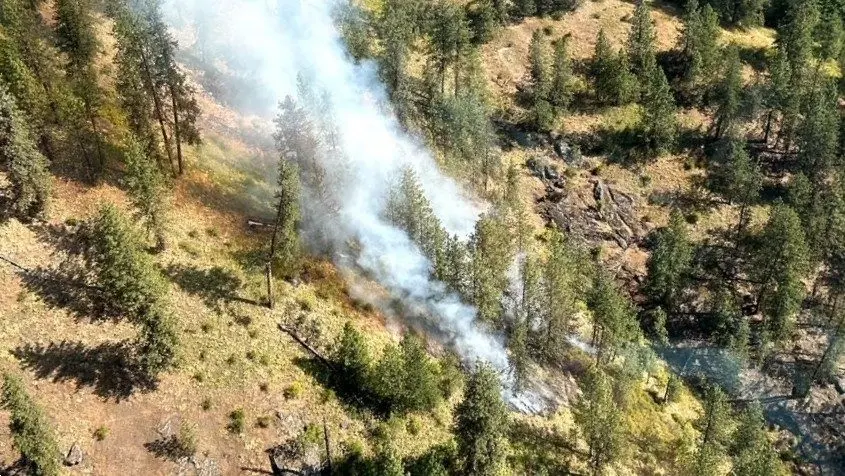(Pullman, WA) Computer models that take into account how people act might someday be able to predict the ensuing evacuation challenges and traffic problems that occur during wildfire emergencies.
Washington State University-led researchers used predictive machine-learning models to simulate how people behaved during the Tick wildfire in the Santa Clarita area of California in 2019. The research, published in Fire Technology, could improve evacuation policies and help emergency managers in fire-prone areas.
“County and state governments have been doing their best to mitigate wildfire risk in previous years,” said Ji Yun Lee, associate professor in WSU’s Department of Civil and Environmental Engineering and a corresponding author on the work. “I think we now have to do something more than the traditional ways. There are a lot of different AI tools, satellite imagery, and we can also utilize lidar and drones. There is so much state-of-the- art equipment and models, and we have to try to utilize them as much as possible.”
Because of climate change, population growth, and land management practices, wildfires in recent decades have posed an increasingly serious threat to people and property, especially in the Western U.S.
Wildfire planning and evacuation strategies are often all over the map, though, varying county by county. Previously, wildfires, while recognized as a natural occurrence, did not receive the same level of attention from researchers and policymakers as other natural hazards like earthquakes or hurricanes. Many rural, mountain communities built a century ago, for instance, might have only one exit road and are not well designed for 21st-century climate change challenges. Although evacuation is considered one of the most effective means of ensuring human safety, people sometimes simply don’t or can’t leave quickly enough.
“A comprehensive understanding of the underlying factors that influence individual evacuation preferences and behaviors can help authorities make more effective emergency plans and reduce human losses in future wildfire events,” said Lee.
As part of their study, the researchers surveyed residents in California, Oregon, and Colorado, receiving more than 700 responses on how people might behave during a wildfire emergency. The researchers found that while most people respond to evacuation orders, their responses varied depending on factors such as their education level, their prior evacuation experience, their homeowner insurance status, and whether they have a disaster evacuation plan. The researchers found that many people don’t necessarily use GPS navigation when evacuating and instead follow familiar routes. Such behavior can delay evacuation if routes are blocked by falling trees or landslides, she said.
“We found that human behavior is really hard to predict and cannot be easily generalized,” said Lee. “Human decision making and responses are really complicated.”
The researchers also developed quantitative models to predict evacuation behavior and compared them to a real scenario that occurred in the 2019 fire. While there has been research done on human behavior in wildfire emergency circumstances, it typically hasn’t brought in an engineering perspective and been tied directly to traffic planning.
“I am looking at how we can actually utilize this kind of information and insight in the engineering models,” she said.
The researchers hope their models can be used to develop more effective evacuation plans and strategies and to identify potential bottlenecks and congestion points in evacuation routes. They hope to continue the work in the future through community engagement with local government and evacuation managers.
Lee emphasizes that wildfires are the only natural disaster that is almost entirely under human control. Ninety percent of wildfire ignitions are human caused.
“We always have to think about the human components in wildfire-related studies, especially during evacuation,” she said. “We have to understand how humans will behave and then think about how we can incorporate their decision-making into simulations.”
Lee worked with Fangjiao Ma of the Cooperative Institute for Severe and High-Impact Weather Research and Operations (CIWRO), one of sixteen NOAA cooperative institutes, on the work.
The work was funded by US Department of Transportation’s University Transportation Center program through the Pacific Northwest Regional University Transportation Center (PacTrans).





